Security News
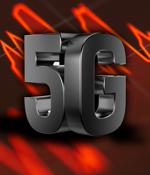
It's been a tumultuous year for 5G as wireless carriers scrambled to deploy their networks at mid-band and increasingly millimeter-wave frequencies, and the trend will undoubtedly accelerate in 2022. New hybrid private networks and managed service offers using both Wi-Fi and 5G millimeter-wave technologies, gain momentum as a high-performance, flexible and economic solution for enterprises.
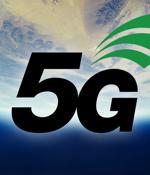
Global wireless 5G connections have reached 438 million by the third quarter of 2021 and are on pace to exceed 540 million by the end of the year, according to data from Omdia, said 5G Americas. According to the most recent data from Omdia, the world added 72 million 5G connections between Q2 and Q3 of 2021, increasing 19.6% from 366 million to 438 million, reflecting a downward re-statement of connections from Q2. At this pace of growth, 5G is expected to more than double the number of connections in 2020 and is forecast to reach 540 million globally by the end of the calendar year.

There's a significant interest in private 5G networks, with 90% of executives expecting that private 5G will become the standard network choice, according to an Economist Impact survey. The research shows that 51% of companies are planning to deploy a private 5G network will do so within the next six to 24 months to improve security, reliability, and speed, with 30% of these respondents already deploying or being in the process of deploying a private 5G network.
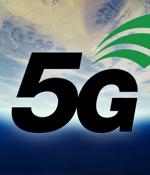
Revenue generated from 5G services will reach $600 billion by 2026; representing 77% of global operator-billed revenue, a Juniper Research study found. It found adoption of 5G services across consumer and IoT sectors has been driven by a strong uptake of 5G-capable devices, coupled with attractive 5G subscription pricing models, despite the semiconductor crisis caused by the COVID-19 pandemic.
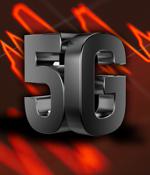
Digging further into what frequency is most used - based on IDTechEx's study - it is sub-6 GHz. This frequency band is used in over half of 5G commercial deployments and trails, with just a tiny percentage using mmWave. Only 9 countries have commercialized 5G mmWave.

The report also assesses the technologies, capabilities, and anticipated communications and computing solutions beyond 5G. The report provides analysis for leading 5G and edge computing supported applications and services along with forecasting from 2021 to 2025, and in some cases, through 2030. The combination of 5G and edge computing will lead a revolution in application development.

Japanese tech giant SoftBank plans to trial wireless charging of smartwatches and earbuds using power transmitted through 5G antennas. The small electronics will be charged automatically as soon as the wearer comes close to a mobile 5G station, and the charging will continue for as long as they're in range.
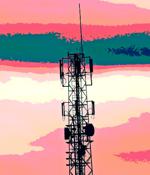
CISA and the NSA shared guidance on securing cloud-native 5G networks from attacks seeking to compromise information or deny access by taking down cloud infrastructure. The two federal agencies issued these recommendations for service providers and system integrators that build and configure 5G cloud infrastructure, including cloud service providers, core network equipment vendors, and mobile network operators.

The 5G healthcare market is projected to reach $3.667 million by 2026, at a CAGR of 76.3% between 2021 and 2026, according to MarketsandMarkets. This massive network will include billions of low-bitrates and low-energy connected health monitoring devices, remote sensors, and clinical wearables, with 5G providing a backbone infrastructure for IoT. The 5G in healthcare market is valued at an estimated $215 million in 2021 and is projected to reach $3.667 million by 2026, at a CAGR of 76.3% during the forecast period.
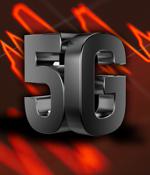
Subscriber adoption of the fifth generation of wireless has increased significantly, as global wireless 5G connections for the second quarter of 2021 reached 429 million, according to data from Omdia, said 5G Americas. The world added 124M 5G connections between Q1 and Q2 of 2021.